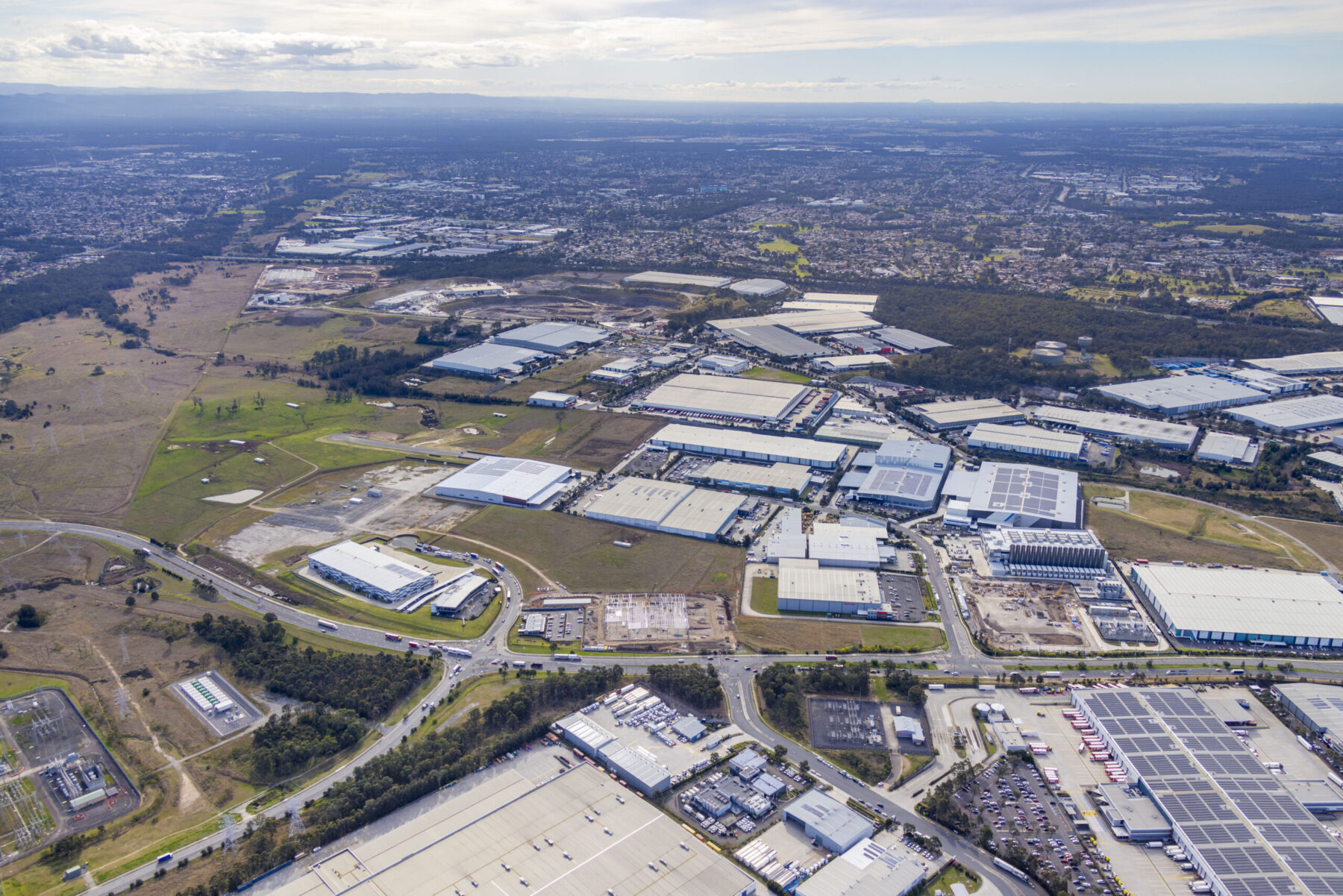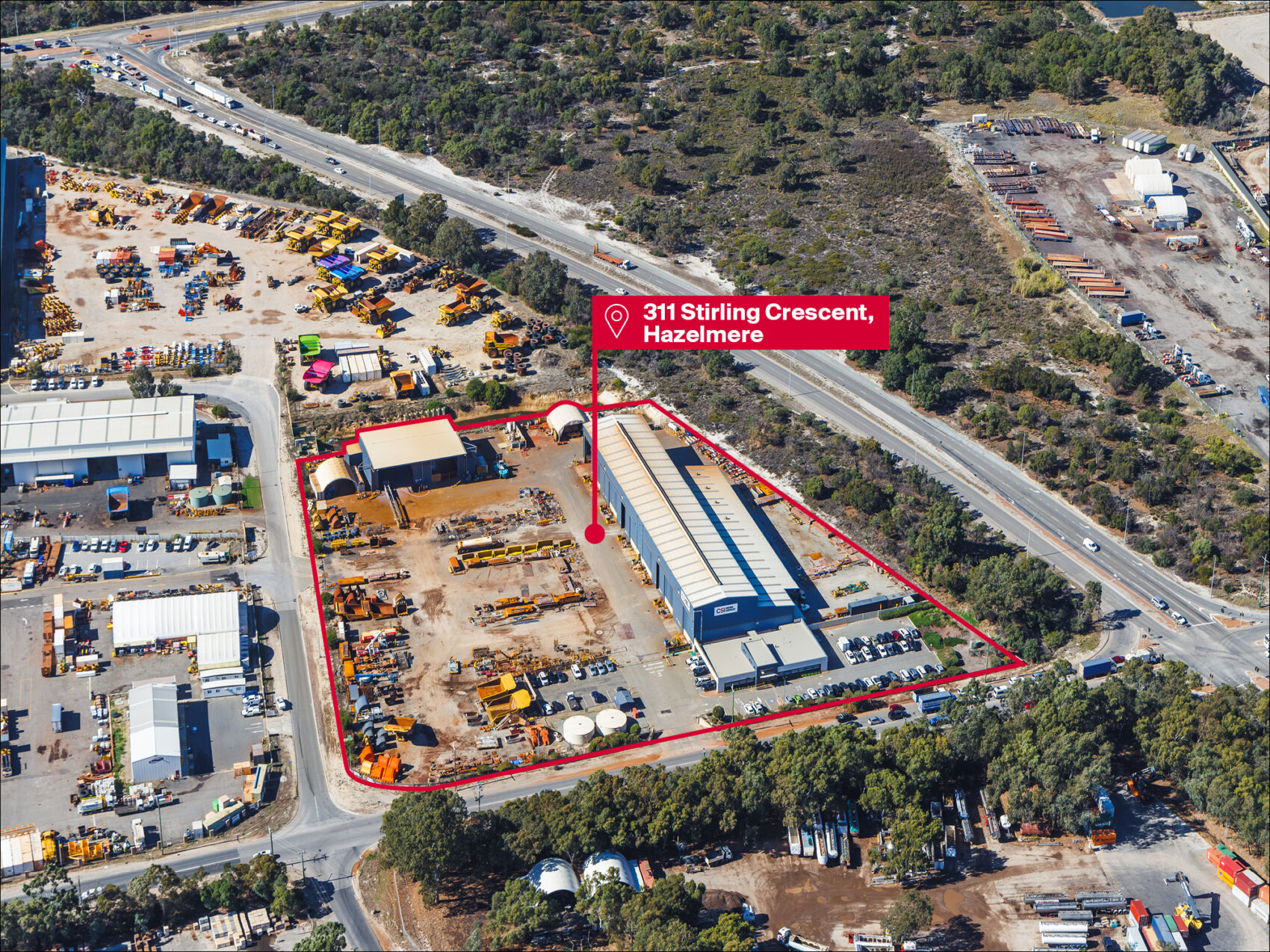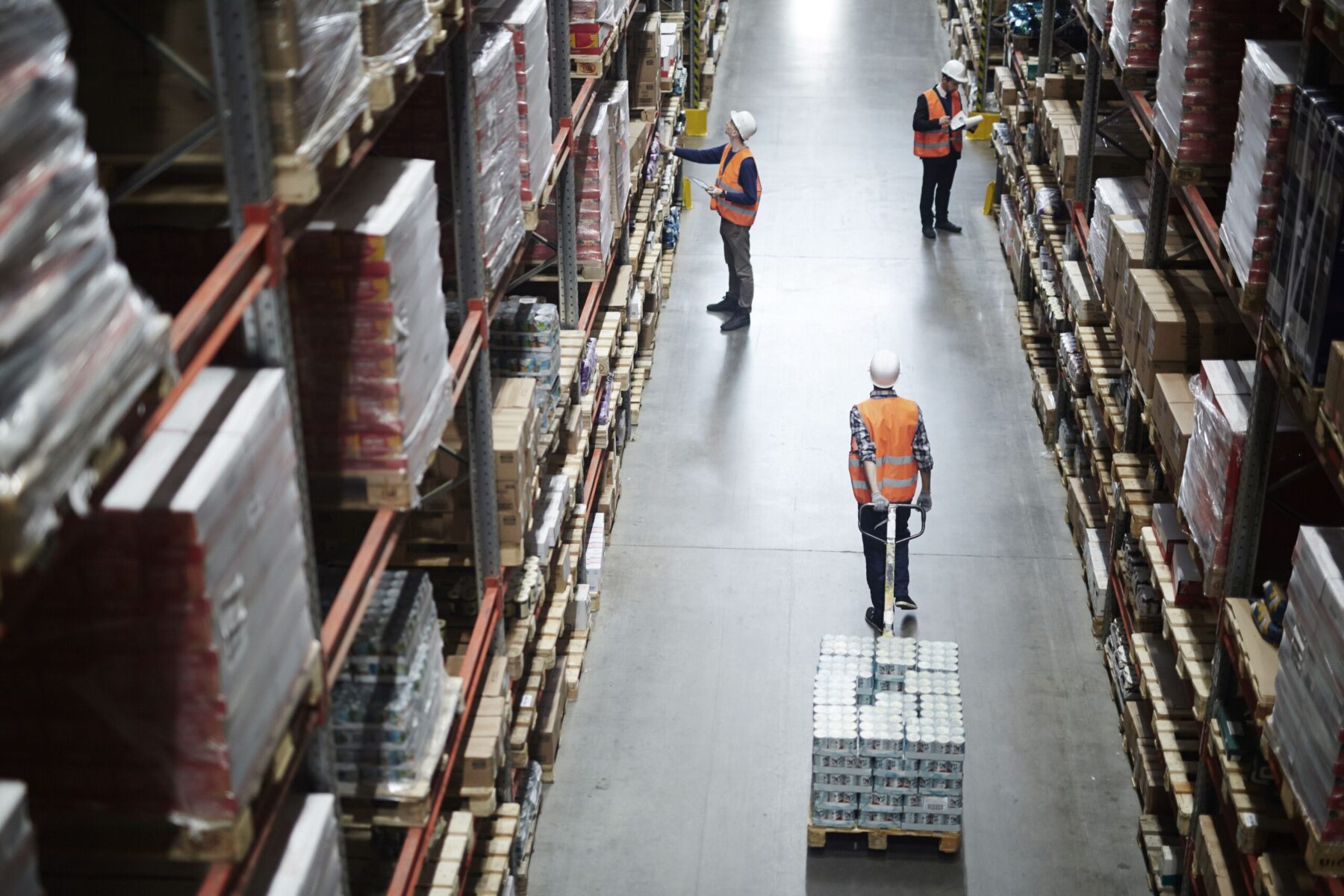
Australia’s Industrial & Logistics sector is closing on a new benchmark, with occupier take-up in 2021 up by nearly 900,000sqm compared to the same point of a record 2020.
CBRE Research’s Australia Industrial Q3 Figures Report outlines that tenants signed leases for 3,124,593sqm in facilities across Sydney, Melbourne, Brisbane, Adelaide and Perth though the first three quarters of the year.
That is just shy of the full-year record of 3,302,686sqm in 2020, when take-up at the end of Q3 stood at 2,248,364sqm.
The 2020 calendar year was the first time take-up exceeded 3,000,000sqm in Australia, with the previous record of 2,785,272sqm set in 2019.
“Occupier take-up in Australia has been consistently above the long-term average since 2015, but we’re now looking at record numbers in three consecutive years and significant growth year-on-year,” Sass J-Baleh, CBRE’s Head of Industrial & Logistics Research Australia, said.
“Last year was the first time the total national figure exceeded 3,000,000sqm, but in 2021 that number has been passed much earlier, in Q3 rather than in Q4.
“Given we typically see a lot of leasing activity in Q4, we’re expecting the year-end level to surpass what we saw in 2020.”

Melbourne has asserted itself as Australia’s dominant city in 2021, its 1,617,719sqm of transactions accounting for just over 50% of the national take-up, followed by Sydney with 928,487sqm for a further 30%.
The to-Q3 figure in Melbourne is already well-clear of the city’s full-year record of 1,254,228sqm, set in 2019, with Myer among the retail occupiers taking up space during the latest quarter.
In line with the growth of e-commerce spending, which has now reached AU$51 billion in Australia over the past 12 months, retailers led the way on take-up nationally in Q3, accounting for 35% of leasing transactions.
E-commerce related occupiers have leased nearly 600,000sqm in the year to date, with their activity expected to approach 1,000,000sqm by year’s end.
Ms J-Baleh notes the role Melbourne’s extended 2020 lockdown is playing in e-commerce take-up in the city, and that its prime average rents are 23% lower than the western Sydney average.
“Lockdowns continue to accelerate the major growth trends for Industrial & Logistics, as more consumers take their non-discretionary and discretionary shopping online,” Ms J-Baleh said.
“As a result, we’ve seen more e-commerce and associated transport and logistics activity in Melbourne than anywhere else in the country.
“Cheaper average rents also make Melbourne appealing for occupiers, especially compared to outer western Sydney precincts, but investors are witnessing rental growth in the market, including 2.5% Quarter on Quarter and 3.9% Year on Year, in line with rising demand.”



